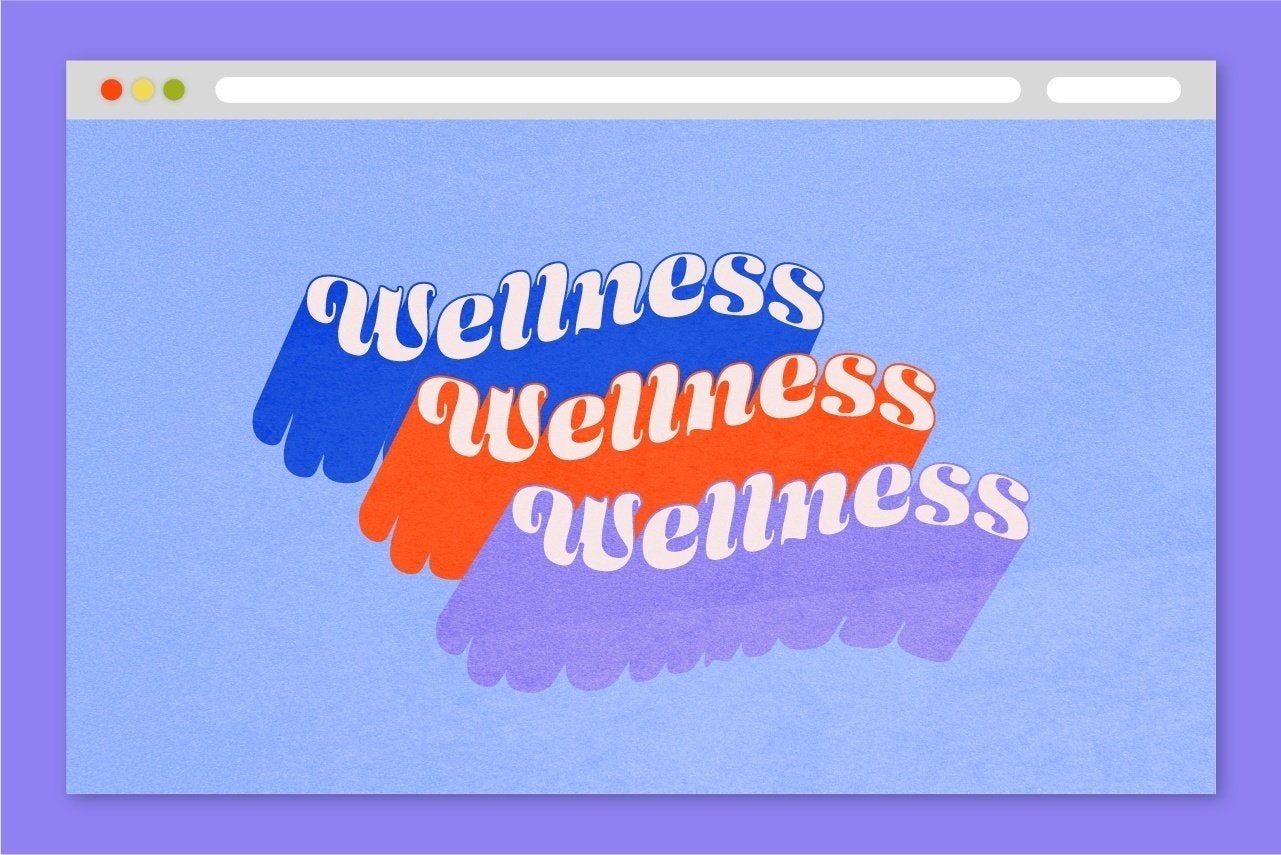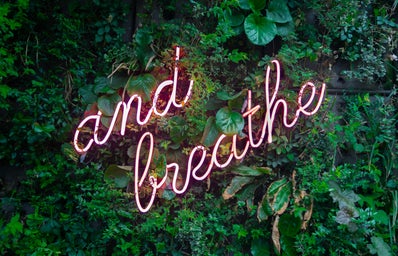Until my sophomore year, words like mindfulness and meditation carried the same connotation as Gwenyth Paltrow’s infamous wellness brand GOOP: frivolous self-care for rich people who had extra time on their hands—or, as Chloe Stillwell calls it in her critique of GOOP, “white women’s wellness”. Instead of their privilege, money, and luck, I grew up hearing celebrities cite meditation for their success and healthy lifestyle. I heard the yoga moms in my Brooklyn neighborhood crediting mindfulness practices with helping “find themselves”. So, until recently, I joined in the collective eye roll toward mindfulness and meditation, dismissing them as rich people’s wellness.
This attitude, I now know, is ignorant of the history of mindfulness and meditation. These practices have their roots in the Buddhist tradition of sati which focuses on awareness, attention, alertness, and vipassana (insight cultivated by meditation). Though mindfulness has been central to ancient eastern and Buddhist philosophies for centuries, Jon Kabat-Zinn is often credited for its introduction to the West.
Mindfulness in the US
According to an article by Jennifer Okafor, Jon Kabat-Zinn began studying mindfulness as a MIT PhD student after a lecture from a Zen Buddhist teacher and missionary. Kabat-Zinn went on to found the Mindfulness-Based Stress Reduction Clinic (MBSR) at the University of Massachusetts Medical School in the late 1970s. At the time, Americans largely associated Buddhism with hippies and the field of science was becoming more secular. Kabat-Zinn, who did not want cultural barriers to get in the way of popularizing mindfulness, framed mindfulness practices as scientific and intentionally refrained from using language which would connect it to Buddhism. According to clinician Christopher Shea, in limiting MBSR to a scientific context Kabat-Zinn essentially “remove[d] the Buddhist framework and eventually downplayed any connection between mindfulness and Buddhism.”As a result, the emergence of mindfulness into the 21st century zeitgeist disconnected the term from its origins. But it was understanding these origins that allowed me to see mindfulness and meditation as more than just white women’s wellness.
Amy Leonard highlights the original meaning of mindfulness, loosely translated from the Pali word sati, as “moment to moment awareness of present events” and “remembering to be aware of something” — both of which stem directly from Buddhist theory. This was how I learned of mindfulness practices through being a Peer Facilitator for the AUx program, which taught these traditions through the lens of antiracism. When framed this way—as a tool for being actively present and aware—I was able to see how essential mindfulness is. It was no longer some shi-shi, eye-roll-worthy practice, but a crucial part of understanding my biases, perspective, and mental health.

Mindfulness as an antiracist tool
The National Museum of African American History and Culture explains that “when we choose to be anti racist, we become actively conscious about race and racism and take actions to end racial inequities in our daily lives.” Again we see themes of active consciousness. Labeling and identifying our biases during any given interaction, and understanding our positionality in any given environment, are some of the first steps toward implementing antiracism in everyday life and are skills strengthened by mindfulness practices.
In a conversation about mindfulness as an antiracist tool, Tori Lund explains that such practices teach people “how to coexist with discomfort.” This is an especially important takeaway for White allies or people supporting liberation movements who do not directly experience that oppression. Challenging your unconscious biases and acknowledging your privilege can be uncomfortable, but it is an essential part of antiracist work. We were all socialized to hold certain biases, and while that may not be our fault, it is our responsibility to attempt to unlearn them. As meditation teacher Sebene Selassie says in a podcast on seeing through bias, “mindfulness can help us [bridge] the gap between our conscious values and our unconscious conditioning.” Thus, mindfulness not only helps in everyday interactions, but also in developing skills that can be used throughout a lifetime of supporting liberation.

But mindfulness alone is not “doing the work on racism.” Mindfulness teacher Iman Gibson highlights that “while meditation is an incredible tool for anti-racism, it in no way replaces the daily work required to be anti-racist.” In an article on the work of Emmanuel Acho, host of “Uncomfortable Conversations with a Black Man,” Amber Tucker writes that “Antri-racist work is mindful work. Acho reminds us that understanding leads to empathy and compassion, which ultimately leads to change.” This timeline is important: mindfulness practices can strengthen empathy and compassion, but it is the subsequent actions that create change.
Teachers Iman Gibson and Tori Lund came together to collaborate on “Antiracism Meditation” which includes guided meditation and journal prompts. Their resource provides a starting point to critically reflect on questions regarding privilege, allyship, and daily decisions from what you choose to watch on TV to how diverse your social circle is. Hopefully, as antiracism becomes more commonplace in meditation spaces, the yoga moms of the world will be able to not only find themselves, but check themselves too.
There are those who argue that the push for mindfulness as a tool for antiracism detracts from the real goals of the liberation movements they try to support. An article on “Defunding Mindfulness” calls attention to the fact that dismantling white supremacist systems requires more than thoughtful commitment. The article expresses that “while practicing mindfulness has shown promise in reducing implicit bias and stereotyping, sustained activism and intentional decolonization practices are needed for impactful and meaningful change.” These are valid critiques which highlight that mindfulness and meditation practices are a step toward antiracism but by no means a solution. So, as we sit down on our mats for some meditation and critical reflection, let’s also stand up for the liberation movements that deserve and need support.



